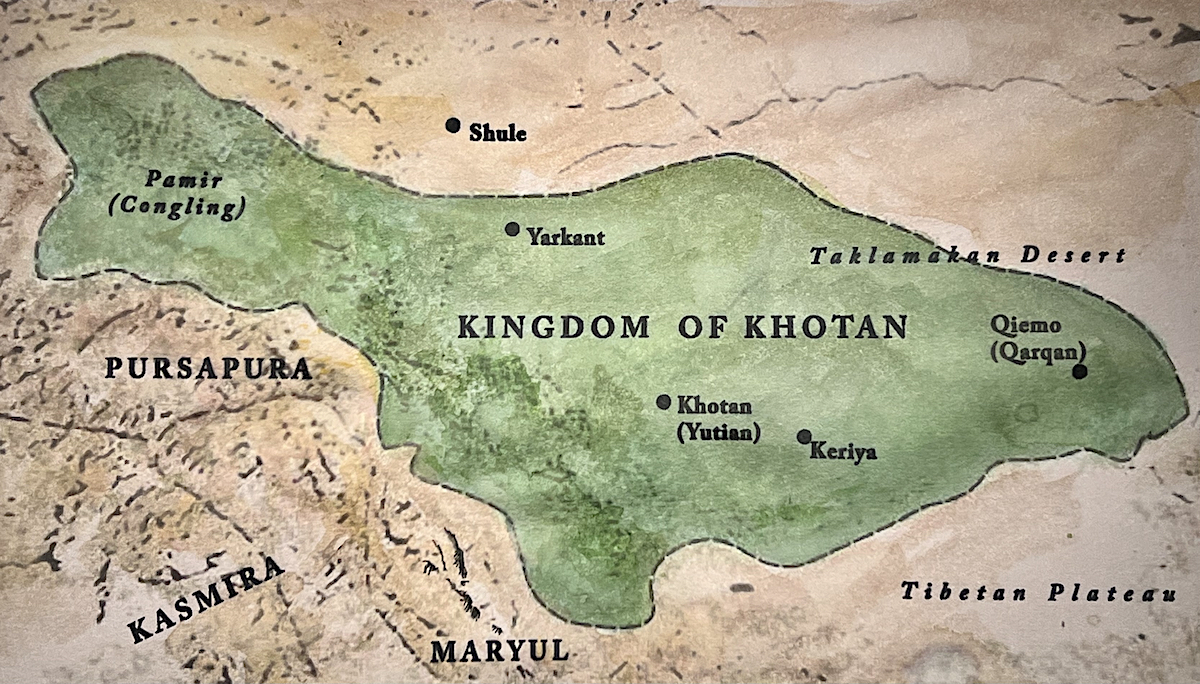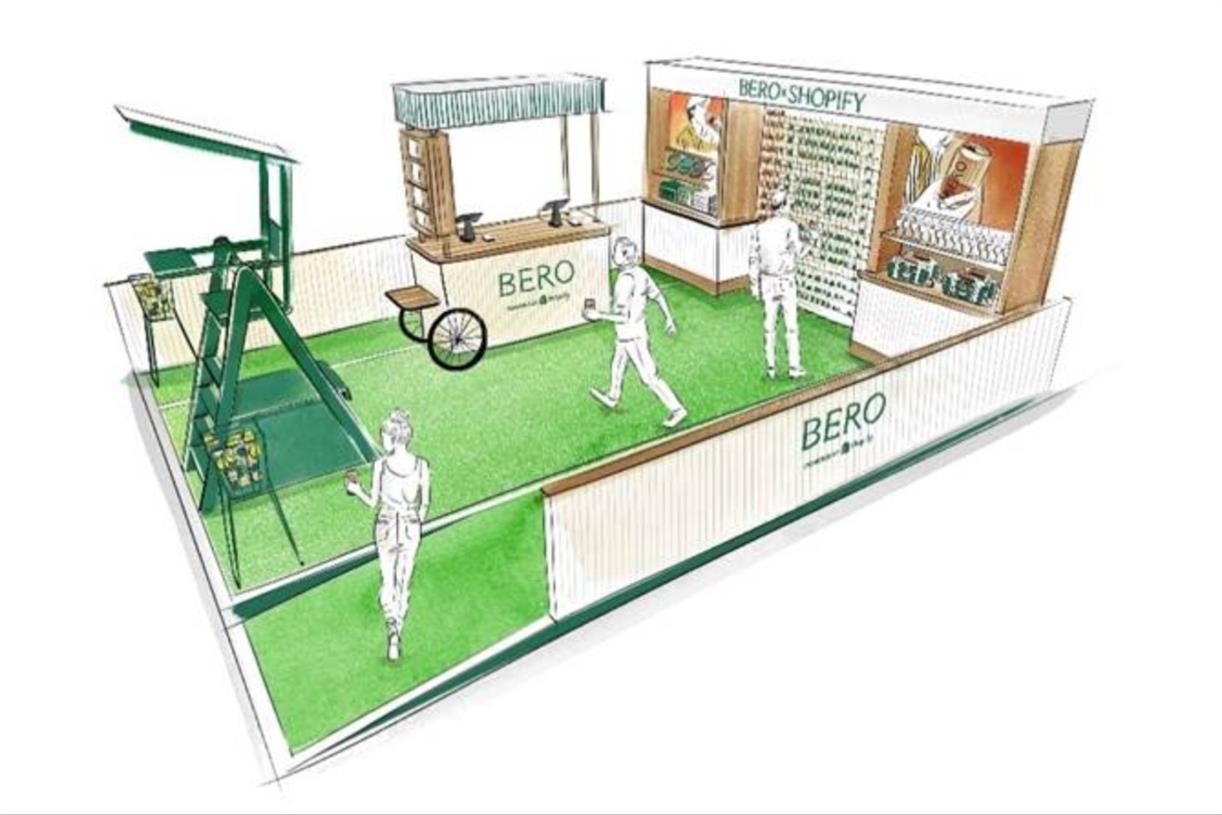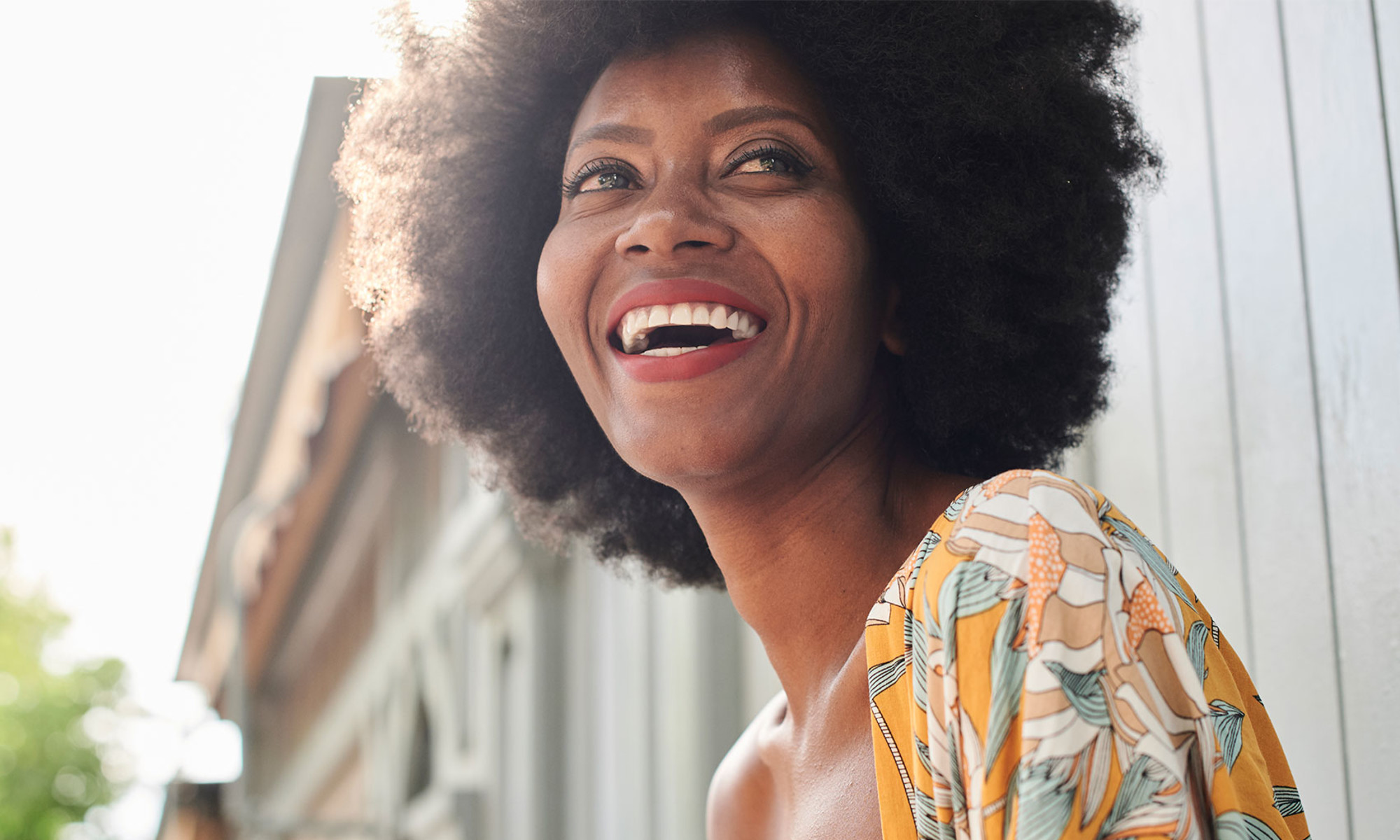Become a Yoga Pro: 7 Beginner-Friendly Yoga Poses for Improved Flexibility
Are you seeking strategies to increase your flexibility and mobility? Yoga is an excellent technique to accomplish this. Yoga not only helps to stretch and strengthen your muscles, but it also improves your posture, balance, and overall well-being. In...

Are you seeking strategies to increase your flexibility and mobility? Yoga is an excellent technique to accomplish this. Yoga not only helps to stretch and strengthen your muscles, but it also improves your posture, balance, and overall well-being. In this article, we will be discussing seven yoga poses for flexibility that can help you achieve greater.
Physical fitness requires a high level of flexibility. It makes it easier to move, minimizes the chance of injury, and increases overall performance in physical activities. Yoga is an excellent approach to increasing your flexibility since it incorporates a number of stretches and motions that target various sections of the body. This post will go through seven yoga poses to help you become more flexible.
Benefits of Yoga for Flexibility
Yoga is a centuries-old practice that has grown in popularity due to its multiple health benefits, including greater flexibility. The ability of your joints and muscles to move over a full range of motion is referred to as flexibility. This ability is essential for keeping proper posture, avoiding injuries, and boosting sports performance. Some of the benefits of practicing yoga for increased flexibility are described below:
1. Improved Range of Motion
Improved range of motion is one of the key benefits of practicing yoga for flexibility. Yoga positions stretch and lengthen your muscles and joints, which can help you become more flexible over time. Yoga can also help enhance your total range of motion, making it simpler to complete daily tasks like bending down to tie your shoes or reaching up to retrieve something from a high shelf.
2. Reduced Risk of Injury
Flexibility can help reduce the incidence of accidents, particularly those involving muscles and joints. When your muscles and joints are more flexible, they can absorb more shock and stress, reducing the likelihood of strains, sprains, and other ailments. Yoga can also help you improve your balance and coordination, lowering your chance of falling and other injuries.
3. Improved Posture
Poor posture is a common issue that can result in a range of health problems, including back discomfort, neck pain, and headaches. Yoga can help you improve your posture by strengthening and stretching the muscles in your back, neck, and shoulders. You may lessen the tension in your muscles and joints by optimizing your posture, which can help alleviate pain and discomfort.
4. Increased Athletic Performance
Greater flexibility can also help you perform better in sports, whether you are a professional athlete or simply enjoy being active. Flexibility is essential for a variety of activities such as running, cycling, swimming, and weightlifting. Regular yoga practice can help you increase your flexibility and range of motion, allowing you to perform better and lower your chance of injury.
5. Stress Reduction
Yoga is well-known for its ability to induce relaxation and stress reduction. Yoga requires you to concentrate on your breath and your body, which can help to quiet your mind and reduce worry. This can improve your overall health and well-being, as well as your flexibility. Your muscles are less tense when you are less stressed, which can help enhance your range of motion and flexibility.
Yoga Poses for Flexibility
Yoga poses that focus on stretching and lengthening the muscles can help improve flexibility. Here are some of the best yoga poses for flexibility:
1. Downward Facing Dog Pose (Adho Mukha Svanasana)
One of the most popular yoga poses for increasing flexibility is the downward-facing dog. The hamstrings, calves, and spine are stretched.
To perform this pose:
Begin on your hands and knees, with your wrists under your shoulders and your knees under your hips.Press your palms onto the mat, spreading your fingers wide.Tuck your toes and straighten your legs by lifting your hips up and back.Keep your heels as close to the mat as possible and stretch your spine.Hold for 5-10 seconds.2. Cobra Pose (Bhujangasana)
The cobra pose is excellent for stretching the back, chest, and shoulders.
To perform this pose:
Lie down on your stomach, hands under your shoulders.Lift your chest and head up by pressing your palms into the mat.Maintain a close grip on your elbows and ease your shoulders away from your ears.Hold for 5-10 seconds.3. Cat-Cow Pose (Chakravakasana)
The cat-cow pose is a gentle approach to stretch and warm up your spine.
To perform this pose:
Begin on your hands and knees, with your wrists directly under your shoulders and your knees directly under your hips.Inhale and arch your back, raising your head and tailbone.Exhale and circle your spine, nestling your chin to your chest.Repeat 5-10 times.4. Triangle Pose (Trikonasana)
The triangle pose is a great way to stretch your hips, hamstrings, and spine.
To perform this pose:
Stand with your feet about 3-4 feet apart, with your right foot facing forward and your left foot turned out at a 90-degree angle.Extend your arms out to the sides.Hinge at the hips and reach your right hand down towards your right ankle.Lift your left arm up towards the ceiling.Keep your gaze up towards your left hand.Hold for 5-10 breaths and repeat on the other side.5. Child’s pose (Balasana)
The child’s pose is a relaxing pose that stretches your lower back, hips, and thighs.
To perform this pose:
Begin on your hands and knees with your wrists directly under your shoulders and your knees directly under your hips.Lower your hips back towards your heels.Stretch your arms forward and rest your forehead on the mat.Hold for 5-10 breaths.6. Bridge Pose (Setu Bandhasana)
The bridge posture is excellent for stretching the chest, neck, spine, and hips.
To perform this pose:
Lie on your back, legs bent, and feet flat on the mat.Place your arms at your sides, palms facing down.Inhale and raise your hips to the ceiling.Keep your shoulders on the mat and your fingers interlaced behind your back.Hold for 5-10 seconds.7. Pigeon Pose (Eka Pada Rajakapotasana)
The pigeon pose is a deep hip opener that can help improve your flexibility and relieve tension in your hips and lower back.
To perform this pose:
Begin in a tabletop position with your hands and knees on the mat.Bring your right knee forward and place it behind your right wrist.Extend your left leg back behind you, keeping your hips square to the front of the mat.Inhale and lengthen your spine, then exhale and fold forward over your right leg.RestConclusion
Practicing yoga on a regular basis can help you achieve greater flexibility and improve your overall physical and mental well-being. These seven yoga poses are great for stretching and strengthening different parts of the body. Remember to always listen to your body and modify the poses as needed to avoid injury. Visit our YouTube channel to find out more information on yoga and meditation.
FAQs
Q1: Can yoga help me become more flexible?
Ans: Yes, practicing yoga regularly can help improve your flexibility.
Q2: What is the best time to practice yoga?
Ans: The best time to practice yoga is in the morning or early evening, but anytime that works for you is great.
Q3: How often should I practice yoga to see results?
Ans: Practicing yoga at least 2-3 times per week can help you see results.
Q4: Can yoga help with back pain?
Ans: Yes, yoga can help alleviate back pain by stretching and strengthening the muscles in the back.
Q5: Can beginners practice these poses?
Ans: Yes, these poses are suitable for beginners, but make sure to listen to your body and modify the poses as needed.

 JimMin
JimMin 
































![Is Your SEO Strategy Built for the AI Era? [Webinar] via @sejournal, @hethr_campbell](https://www.searchenginejournal.com/wp-content/uploads/2025/07/6b-240.png)